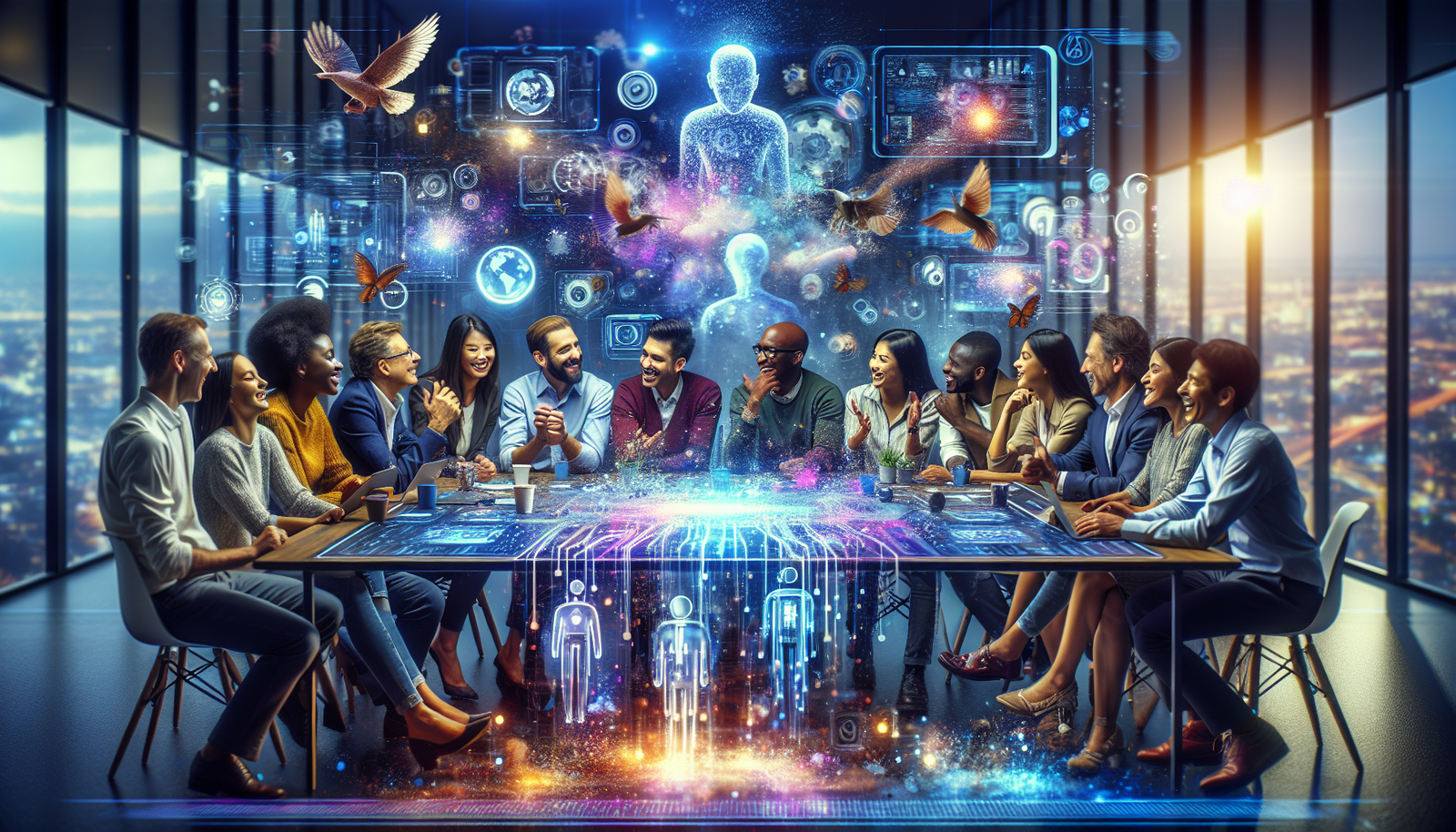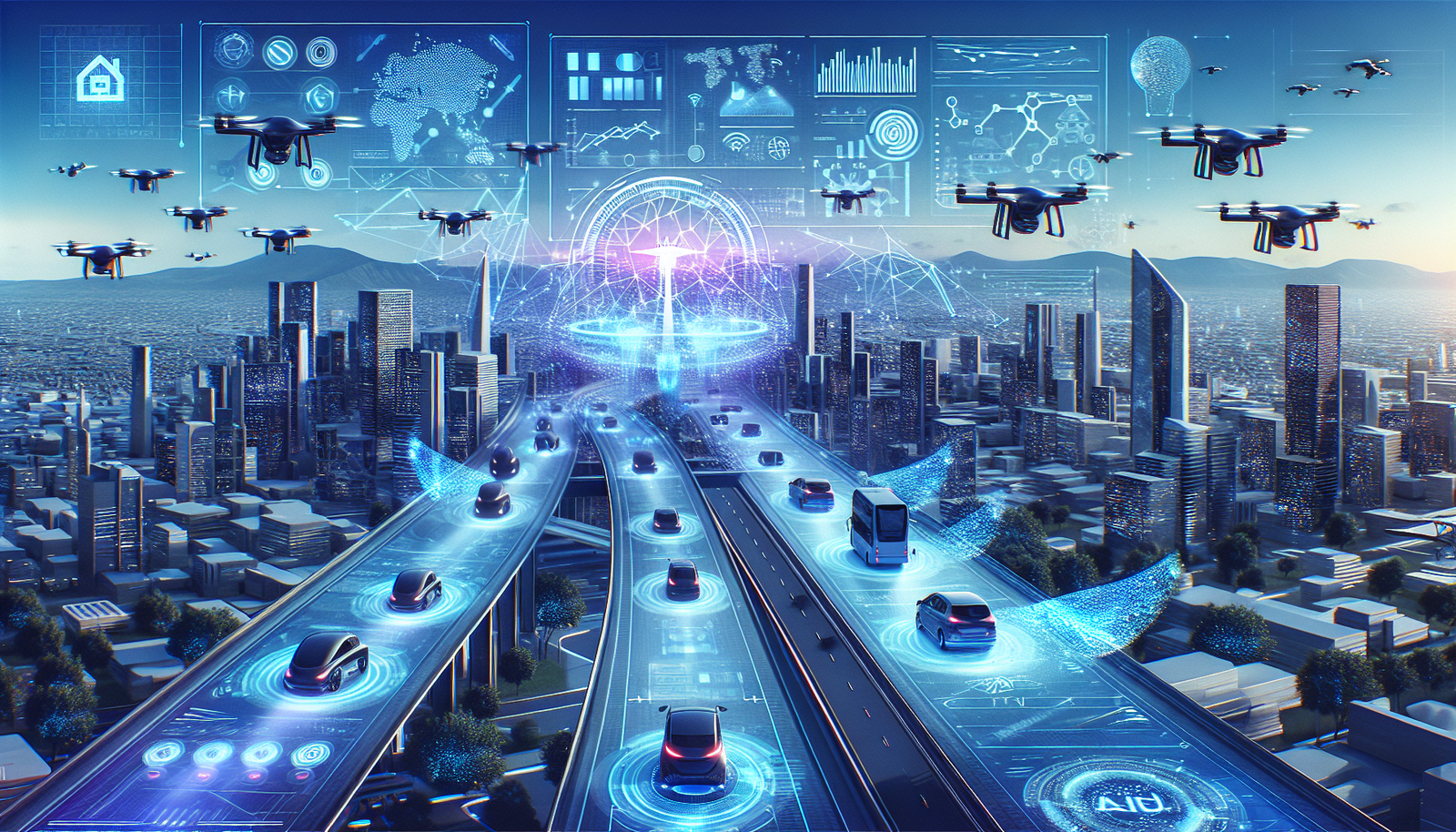The emergence of artificial intelligences inevitably transforms our perception of modern collaboration. AI tools, initially designed to optimize productivity, lead to a redefinition of social relations at work. Organizations, concerned with adapting their dynamics, must rethink their collaborative approach. By implementing sophisticated technologies, companies risk sacrificing human connectivity for the sake of efficiency. As they form and harm, virtual interactions become predominant, raising questions about the very nature of exchanges in the professional environment.
Redefining Collaboration in the Digital Age
The rise of artificial intelligences necessitates a reevaluation of collaboration methods within companies. The transition to hybrid work environments has amplified the effects of digital tools, pushing the boundaries of human interactions.
Integrating AI Tools
Companies such as Amazon and Ubisoft impose a return to the office in order to promote presenteeism. This trend, frequently criticized, seems contradictory in the face of the growing adoption of generative AI, fueling a debate on the value of human interactions.
The use of AI-based tools, such as ChatGPT and GitHub Copilot, significantly transforms interpersonal relationships. These technologies encourage instant information retrieval, replacing human interaction with digital exchanges.
Impact on Social Relations
The risks of social and professional alienation remain high with the massive use of artificial intelligences. A study from Stanford University highlights that teleoperators prefer to consult conversational agents rather than turn to experienced colleagues. This shift leads to a deterioration of social relations within teams.
The phenomenon of AI as a substitute for human interaction raises questions. The current trend could create a “simulation of dialogue,” an illusion of authentic exchanges. Technologies challenge our ability to establish truly human connections.
Preserving Human Interactions
The importance of maintaining a human dimension in collaboration cannot be underestimated. The preservation of collective rituals, such as meetings and informal exchanges, must continue despite the efficiency that AI may promise. Creating spaces for human exchanges should be encouraged to avoid excessive dependence on algorithmic models.
Towards a New Era of Collaboration
At the dawn of this technological revolution, it is important to rethink the interactions between humans and machines. The complementarity of skills emerges as a response to modern challenges. Humans and machines must work together to optimize productivity without compromising human relations.
Some efforts are already visible to reintegrate the human element into collaborative processes, particularly through AI applications that facilitate the exchange of ideas without supplanting human creativity. New solutions should focus on the human, fostering a harmonious synergy between human intelligence and artificial intelligence.
Given the increasing complexity of the modern work environment, the stakes are clear: benefit from the advancements of artificial intelligence while cultivating essential human interactions. Studies show that nearly 65% of companies are integrating generative AI into their operations, thus redefining the contours of collaborative work.
The Future of Professional Interactions
Artificial intelligence agents could transform our way of collaborating. AI should not become a means of replacing humans, but rather of enriching professional exchanges. The key lies in the thoughtful integration of these tools to serve as allies rather than substitutes.
Frequently Asked Questions about Redefining Collaboration in the Age of Artificial Intelligences
How does artificial intelligence influence collaboration dynamics within teams?
Artificial intelligence transforms collaboration dynamics by facilitating communication and information exchange while automating certain tasks. This allows employees to focus more on human interactions and creativity.
What are the main challenges faced when integrating AI into professional collaboration?
Challenges include employee resistance to change, the need for training on new technological tools, and concerns regarding the dehumanization of exchanges and loss of social ties.
How can ethical use of artificial intelligence in collaborative work be ensured?
It is essential to establish clear ethical standards, promote transparency about the algorithms used, and maintain a balance between human and artificial intelligence to avoid compromising dignity at work.
What skills need to be developed to succeed in a collaborative environment using AI?
Key skills include the ability to work with digital tools, critical thinking to evaluate AI-generated results, and interpersonal skills to enhance human collaboration.
How can AI improve creativity within teams?
AI can provide suggestions and analyses based on data, thereby stimulating innovative ideas. By automating repetitive tasks, it also allows teams to focus on creative and strategic projects.
Which companies are at the forefront of human-AI collaboration?
Companies like Microsoft, Google, and IBM are heavily investing in technologies that promote collaboration between humans and AI, particularly through the integration of intelligent assistants and collaborative work platforms.
How can the impact of AI on team productivity be assessed?
To assess the impact of AI on productivity, it is important to analyze key performance indicators (KPI), conduct employee satisfaction surveys, and measure improvements in project management.
Which AI tools are most effective for collaboration in business?
Tools such as Slack with AI integrations, Microsoft Teams, and platforms like Asana or Trello with automation features are among the most effective for optimizing collaboration in business.
What measures can be taken to promote inclusivity in an AI-enhanced workspace?
Take steps to ensure access and training for all on AI tools, encourage a culture of acceptance, and develop policies to integrate contributions from diverse perspectives and skills.
How can the role of AI and human interaction be balanced in collaboration?
It is crucial to clearly define the roles of AI, use it to automate tasks, and keep human interactions for strategic and creative discussions while promoting a hybrid collaborative environment.






